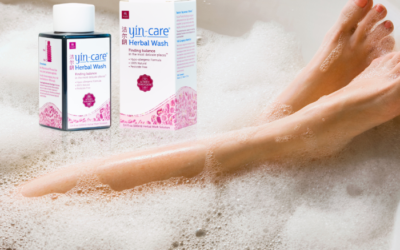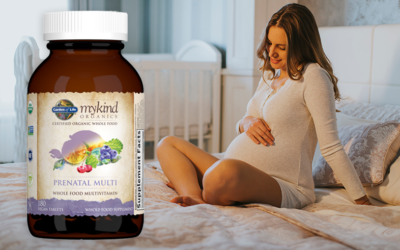Easy Ways for Your Family to Go Zero Waste
“This planet is not a place that kids will inherit at some point far off in the distant future; we live here right now, we share this planet already. It’s ours to play on as well as to take care of.” – Milo Cress
1 Food Waste
This is an easy one. Each year “one-third of the food produced in the world (about 1.3 billion tons worth approx. $1 trillion) is lost or wasted.” (1) Fruits and vegetables are among the most wasted food groups. Without going into too many grim details, studies show that half of the world’s food that is wasted is in the homes of developed countries. In addition, the resources that go into producing that wasted food is also wasted including clean water, energy, fertilizers and pesticides, chemicals during manufacturing, antibiotics (which can increase antibiotic-resistant bacteria), and packaging (especially plastic and Styrofoam).
How your family can reduce food waste:
- Make realistic meal plans
- Shop smart and stick to your grocery list
- Eat leftovers
- Store food in a way that you can see it
- Keep your fridge and pantry organized
- Keep track of what you throw away
- Buy (and eat) the ugly fruit and vegetables (still perfectly edible and often wasted).
There are many more ways to avoid food waste in your home. In addition, meal planning and eating more fruits and vegetables help you create healthier meals for the whole family.

2 Reduce and Re-use
Many of us think of recycling as the best way to help the environment. However, it is the last of the three R’s – Reduce, Reuse, and Recycle. Recycling takes some resources – gas for the trucks to pick it up and deliver, water for certain processes, and energy to operate the machinery. Recycling is certainly beneficial for the environment – it conserves natural resources, reduces waste in landfills and helps the economy. (2) However, reducing what you use and re-using what you have should be the first step.
Some of the most used and easiest things to start with for a family is reusable bags, straws, water bottles, and travel coffee mugs. With a small effort and investment, you can begin to reverse the large amounts of single-use plastic in our world – especially our oceans where plastics most often end up (approx. 1.4 billion pounds each year): (3)
- The average American family uses 1,500 plastic shopping bags each year – out of the 100 billion used each year. (4)
- An average of 1.6 plastic straws is used per person each day – out of 500 million drinking straws used each day in America. (5)
- Every year the world uses 500 billion plastic cups and 16 billion disposable coffee cups. (6)
- In the U.S. we use a “million plastic bottles a minute – 91% of which are not recycled.” (7)
In addition to polluting the earth, certain plastic can have toxins that can affect our health. Look for BPA and PVC free reusable plastic, use glass or go with stainless steel.
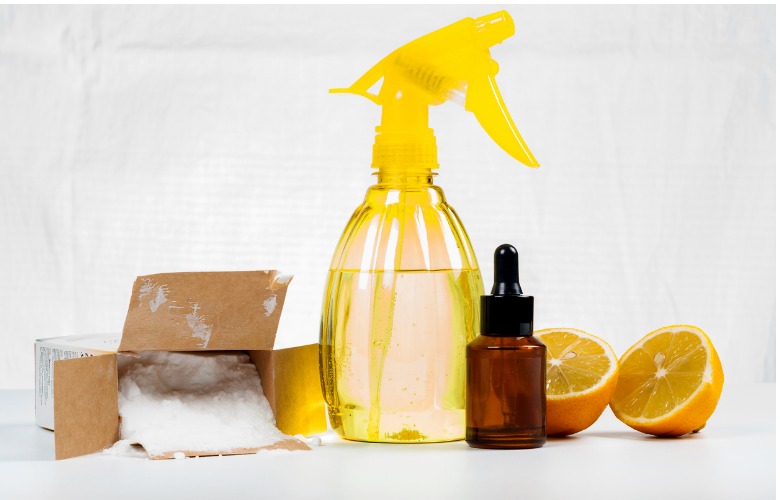
3 Non-toxic Cleaning
You want to keep your house clean, but many cleaners have harsh chemicals, toxins and VOCs (volatile organic compounds). These chemicals can be linked to asthma and respiratory illness, disrupt our hormones, cause headaches, irritate our eyes and throats, and even cause certain cancers. (8) It may sound like a lot of work to switch to greener cleaners, but it is inexpensive and easy.
Natural cleaning supplies:
- A glass spray bottle
- Microfiber cloths
- Liquid castile soap
- White vinegar
- Baking soda
- Hydrogen peroxide
- Lemons
- Borax
- Essential Oils.
Need DIY natural cleaning recipes? Try these.
Even if you are not making your own, try to purchase cleaners and soaps that are eco-friendly, lessening their impact on the environment and your health.

4 Bulk Food Shopping
Ever see those bins of loose food in your local market? It is one of the building blocks of zero waste and was the original way to buy food back in the day before all the fancy packaging. It may seem complicated, but it is not:
- Bulk food shopping reduces food waste because you only buy what you need.
- It is cheaper in the long run.
- It is a greener method of shopping. Food packaging creates approx. 39 million tons of waste per year.
- It encourages you to try new and healthier foods. Want to find out if your family likes millet or farro? No need to buy a big box, only enough for one dinner.
- Since you are only buying in small amounts, you can create a more diverse diet for your family.
- It is an inexpensive way to buy spices like turmeric or cardamom without wasting it.
Head to your local natural food store or supermarket, remember to note the numbers associated with each product (I find an easy way is to take a photo with my phone), and fill up the bag (often compostable) provided. You can also bring your own cloth bags or glass jars.
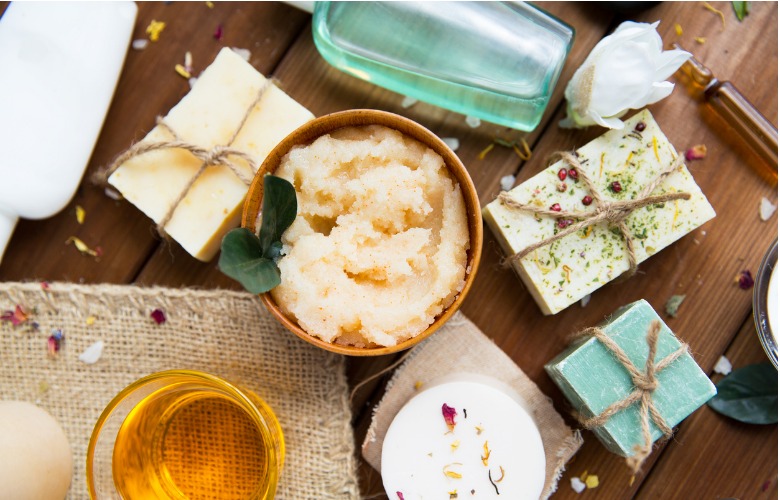
5 Bar Soap
This is as easy as switching your liquid soaps in bottles to bar soap. There are many eco-friendly brands available or you can try making some homemade ones. Either way, you are going to be greener when you wash up.
Why bar soaps are greener: (9)
- They use 6 times less product per wash
- 6 times less raw materials to manufacture
- 6 times less space in the truck when transporting
- Way less packaging or no packaging at all
- A lot fewer chemicals
- More economical.

6 A Greener Lunch
You may have seen all those bento box lunches on Pinterest. There is no need to be crafty to benefit from bento boxes. The bento box originates in Japan and dates back 1,000 years. The bento goes back to the Kamakura period, which was 12th to 14th century Japan when people discovered they could use it as a portable meal container. (10)
Today bento lunches have become quite popular and people really do create works of art. In addition, they are a greener meal option when you are on the go. Perfect for families, kids, and adults alike.
Why bento boxes are greener and healthier choice:
- Bento boxes allow for portion control and balance in your diet.
- They encourage a diverse meal full of different grains, vegetables, meats, and fruit.
- You don’t have to use sandwich bags, plastic wrap or aluminum foil.
- Greatly reduces the packaging you use in your home because you don’t need to purchase individual packages of food.
- Kids love bento boxes because it makes lunch easy to access and instills a healthier variety of foods.
There are endless bento boxes available on the market and options you can use them for. Easy cleanup and easy storage – meaning you reduce the amount of reusable plastic containers you buy as well. My family has used these bento boxes for years and they really are versatile and leak-proof – perfect for busy family lives.
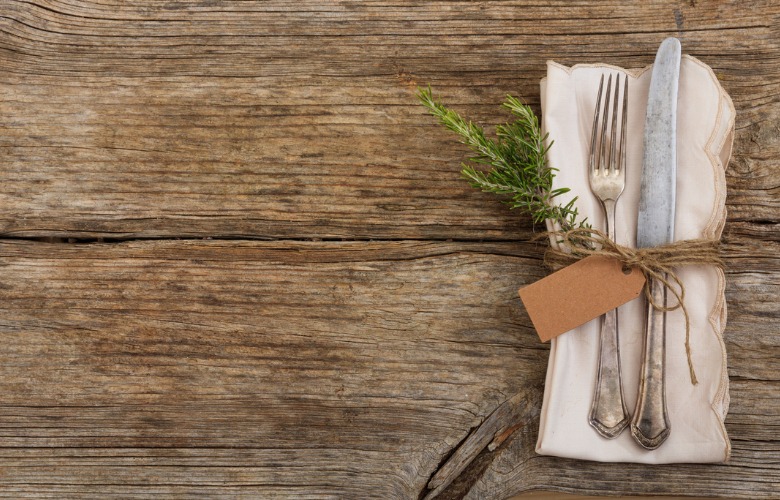
7 Switch out paper for cloth
This is super easy and you may be surprised how much you like it! The amount of paper we use + the resources used to produce that paper (especially water) is a lot. In the U.S., 13 billion pounds of paper towels (about 254 million tons of waste) are used each year. Add napkins to the mix and the number gets higher. (11)
This is an easy switch – just use cloth:
- Use cloth napkins – they can sit on your dining table in a pretty basket and be washed with your normal laundry. Plus, they make meals feel fancier!
- Keep cloth towels near the sink – so after you wash your hands, you can quickly and easily dry them.
- Pass on take-out napkins when ordering in.
- Cut-up old towels and t-shirts and use as rags for cleaning jobs around the house.
- Be conscious of the paper towels you are using. Do you really need the whole thing? Try ripping it in half instead.
- Check out the reusable paper towels on the market, made of cloth and bamboo – can be wrapped around a tube-like a paper towel – but machine washable.
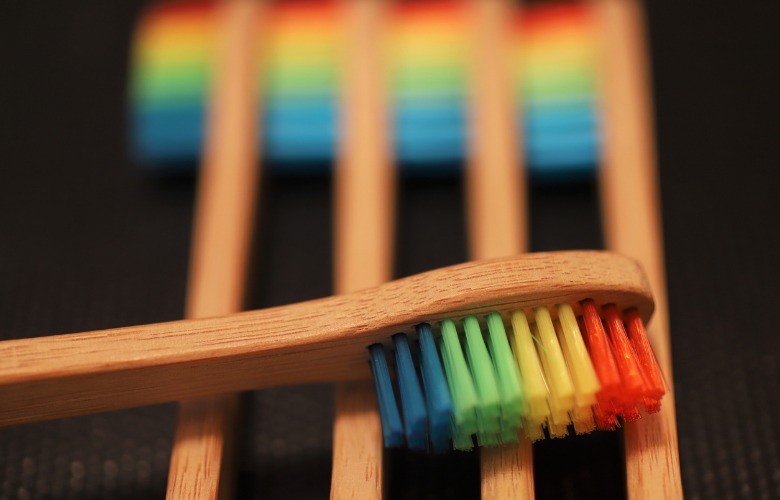
8 Make the bamboo switch
You brush your teeth every day. You probably use a plastic toothbrush. Over 4.7 billion plastic toothbrushes are manufactured every year. Plastic toothbrushes do not biodegrade, and many end up in the oceans. Over a ten-year period, these tiny pieces of plastic add up to over 47 billion. That is a lot of plastic regularly being thrown away! You may have heard or seen that bamboo toothbrushes are gaining in popularity. Find out why …
A few facts about plastic toothbrushes
Plastic toothbrushes are also made from toxic chemicals such as crude oil, rubber, and petroleum. The packaging is also plastic that immediately is thrown away – contributing even more plastic to the landfill and oceans. Plastic toothbrushes take 400 years to finally decompose!
Bamboo toothbrushes are popping up everywhere
While they are more sustainable, they also have plastic bristles – however, the bulk of these toothbrushes are biodegradable.
- Bamboo is highly sustainable.
- Bamboo is known to grow over 4 feet per day.
- Don’t worry about the pandas, they eat a different type of bamboo.
- Most bamboo is grown naturally without chemicals or pesticides.
Removing plastic completely from your life would entail a complete overhaul in the way you live, shop and consume. While there are good reasons to remove toxins and harmful chemicals from your life while helping the environment – this isn’t always sustainable or realistic. However, making small changes such as replacing plastics – especially plastic products you throw away and use on a daily basis – can make a huge difference!
Other products that can be replaced to make a difference:
Did you know Americans use 500 million plastic drinking straws every day? They take up to 200 years to decompose.
Worldwide, we use 1 trillion bags per year. These can take up to 10 – 500 years to decompose.
50 billion plastic water bottles are used in America each year, while some are recycled – statistics show that 91% of those are not recycled. (12)
References
1 Food and Agriculture Organization of the United Nations. “SAVE FOOD: Global Initiative on Food Loss and Waste Reduction” Web. Retrieved 19 Dec 2018.
2 United States Environmental Protection Agency. “Recycling Basics.” Web. Retrieved 19 Dec 2018.
3 4 Ocean. “How Much Trash Is In Our Ocean?” Web. 20 Jan. 2017.
4 Center for Biological Diversity. “10 Facts About Single-Use Plastic Bags”. Web. Retrieved 19 Dec 2018.
5 National Park Service. “The Be Straw Free Campaign.” Web. Retrieved 19 Dec 2018.
6 EarthDay.org. “Fact Sheet: How Much Disposable Plastic We Use.” Web. 18 Apr. 2018.
7 Nace, Trever. “We’re Now At A Million Plastic Bottles Per Minute – 91% of Which Are Not Recycled.” Forbes.com. 26 Jul. 2017. Web.
8 American Lung Association. “Cleaning Supplies and Household Chemicals.” Web. Web. Retrieved 19 Dec 2018.
9 Kolloen, Seth. “Why Bar Soap is Better for the Environment Than Liquid Soap.” Insteading.com. 2016. Web.
10 Umami Insider. “The History of the Bento Box.” 29 Aug. 2018. Web.
11 Lalonde, Maria Christina. “6 Easy Ways to Cut Down on Paper Towel Use.” 13 Apr. 2018.
12 Nace, Trevor. “We’re Now At a Million Plastic Bottles Per Minute – 91% of Which Are Not Recycled.” Forbes.com 26 Jul. 2017. Web.
13 National Park Service, U.S. Department of the Interior

Jemile earned a degree in Food Studies and Writing and has worked for almost 23 years in the medical and health industries. She has been a digital marketing consultant for Acupuncture Atlanta since 2011 as the social media manager and content manager. Writing has been a childhood dream for Jemile and writing daily for clients in the health, wellness, food, and art industries have been phenomenal. Jemile is originally from Brooklyn, NY, and lives in the Hudson Valley, NY. She lives with her husband, two daughters, her dog, and two fish. You can contact Jemile via Linkedin, her mom blog, or her website, lunaroseconsulting.com


